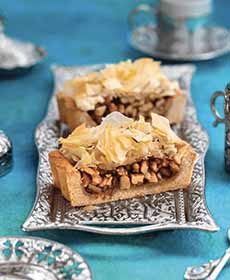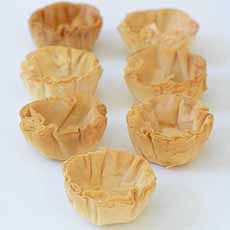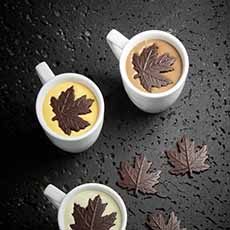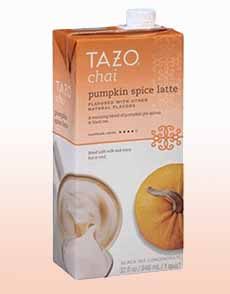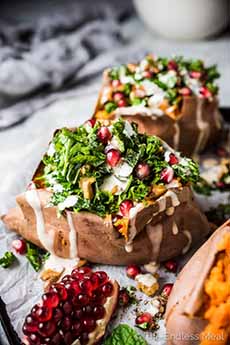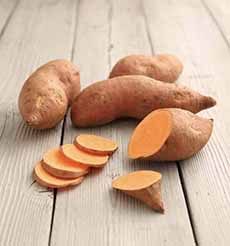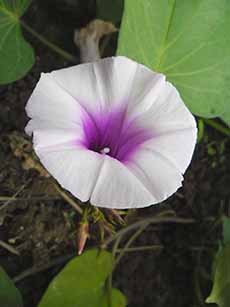|
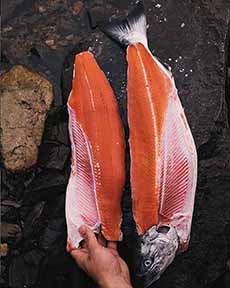
[1] Freshly caught and skinned wild salmon (all photos © Sitka Salmon Shares).
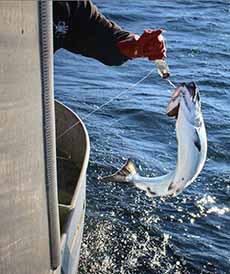
[2] Line-caught salmon.
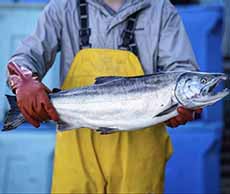
[3] After they’re caught, the fish are quickly processed.
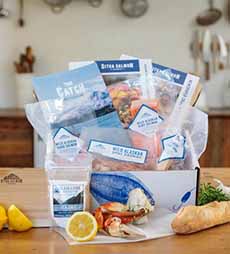
[4] They’re blast-frozen, and shipped by FedEx to your doorstep.
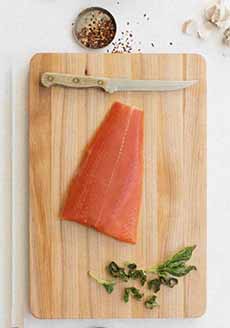
[5] The fish arrive ready to season and cook.
|
|
Several months ago we wrote about a wonderful service for fish lovers: Sitka Salmon Shares, a wild-caught Alaskan seafood delivery service.
Sitka is a port city in southeastern Alaska, near Juneau, the state capital, which is inland.
Sitka sits on the west side of Baranof Island, on the Gulf of Alaska.
And it’s there that a collective of local fishermen pull the catch into their boats and quickly bring it to port.
There, it’s filleted, blast frozen to -50°F and individually vacuum-sealed, locking in the fresh-caught flavor.
We’re a very happy subscriber. The fish is as good as it gets.
Sometimes we’ll eat the fish night after night, until it’s gone, because we can’t stop eating it.
The vacuum-packed seafood can sit in the fridge for more than a week (we’ve had excellent results with salmon two weeks in the fridge).
When we won’t be dining in for a week or so, some of the fish stays goes into the freezer for later in the month. It maintains its fresh taste without degrading.
If your freezer is 20 degrees below zero or colder, the fish stays fresh-tasting up up to 1 year without degradation.
If your freezer is warmer, the fish will last 2-3 months before its freshness starts to degrade.
You can likely keep the fish even longer than 3 months or a year; these are just the points at which the fish just starts to degrade.
Buy it for yourself, and make a gift to others who:
Want to eat more healthfully.
Want to eat more wild-caught fish.
Want fish so good, it requires just the simplest cooking.
Appreciate a sustainable gift.
Want to support family fishermen/women.
HOW DO THE FISH TASTE?
The company’s motto is “from boat to doorstep.” The fish tastes like it was just pulled out of the water.
When we test fish or meat, we cook it simply, with no seasonings. The true test of flavor is how good they taste when they’re “naked.”
The Sitka Salmon Shares salmon and cod we tasted were so good, just steamed, that we had no need to add salt, pepper or lemon juice to the cooked fish. (We cooked it “medium rare.”)
We felt so good eating great fish for dinner, that we ordered a premium share in addition to our regular share.
COMMUNITY SUPPORTED FISHERY SEAFOOD DELIVERY
Sitka Salmon Shares is Community Supported Fishery (CSF), the fish version of a CSA (Community Supported Agriculture), where farmers deliver boxes of fresh fruits and vegetables during the season.
Consumers purchase “shares” of the seafood harvest before the fishing season begins.
The number of shares purchased dictates how much fish the fishermen catch, which is why you need to sign up before fishing season begins.
Your share of the wild Alaskan catch is delivered to you monthly during the fishing season, which runs from April thru December.
The species and weight of your fish will vary, based on the plan you select.
Subscriptions are open now, and the company will send a gift card.
WHEN YOU SIGN UP
You choose the species and quantity of fish for your monthly delivery, ranging from 3 to 9-month intervals (you can cancel at any time).
The 2020 catch is based on what’s best in the sea. The 2019 catch included:
Albacore tuna
Black bass
Black cod, lingcod, Pacific cod
Halibut
Shellfish: Dungeness crab, spot prawns
Pacific rockfish, yelloweye rockfish
Salmon: Alaskan king salmon, coho salmon, keta salmon, sockeye salmon
|
A FEEL-GOOD PURCHASE
The CSF (Community Supported Fishery) supports small-boat family fishermen.
The fishermen receive a fair wage for a day’s work.
Sitka Salmon Shares returns a percentage of all CSF-related revenue back to fisheries conservation and habitat protection efforts.
The cooperative also purchases carbon offsets to compensate for the carbon that is released in their distribution system.
The entire system is transparent and accountable, from the moment your fish is caught to the moment it reaches your hands.
YOUR NEXT STEP
Head to SitkaSalmonShares.com and pick a plan.
Then, relish each box of fish you receive.
If you’re not a skilled cook, remember: No fish-cooking skills are required. A simple steaming is marvelous (and very low in calories).
Your fish-loving friends and family will be thrilled with a gift of Sitka Salmon Shares.
Give a man a fish and you feed him for a day. Give a gift of fish and you provide a number of memorable meals.
NOTE:
Memberships are open now, and available year-round except for one transition week.
There is a one-week period in late September/early October when you cannot purchase a membership.
That being said, if you hit the website during that week, just come back the following week!
|
